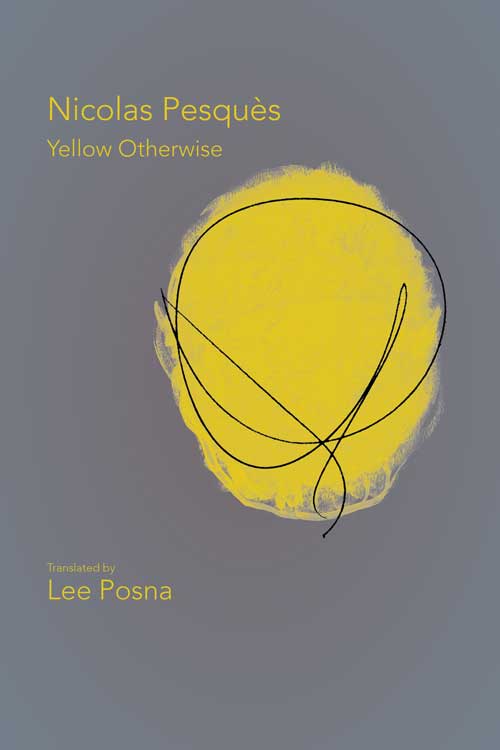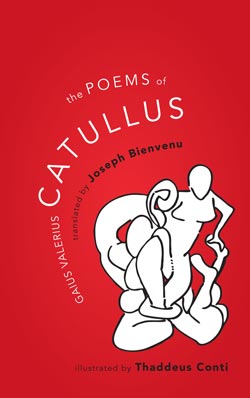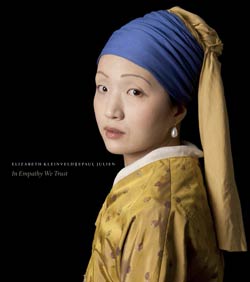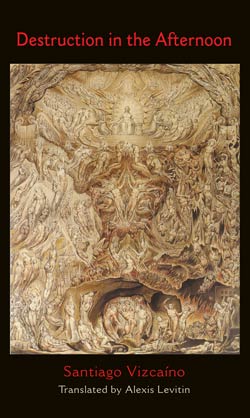Description
Nicolas Pesquès
Translated by Lee Posna
Yellow Otherwise
(The North Face of Juliau, 17)
ISBN:978-1-956921-20-5 (paperback) 978-1-956921-23-6 (case bound, limited)
March 16, 2024
Case bound limited edition available while supply lasts.
In Yellow Otherwise, the first translation of a complete volume (the seventeenth) of The North Face of Juliau, we revisit Pesquès at work nearly a decade after Cole Swensen’s last engagement. Nothing and everything has happened in the intervening pages. The work of seriality involves an inexhaustible distillation; it’s a process that progresses toward itself, produces the processual. La Face Nord proceeds by dated entries, dates along a lifeline, the seriality of life itself. The signature of this seventeenth volume is Pesquès’s procedural intertextuality, the ambivalent dialogue he conducts with citation throughout the text. As he writes in the “Après Coup” (which appears at the start), quotations act as coordinates or landmarks by which he navigates his navigation: they “point-mount the hill to the page; their filters are hoisted and saluted”. So too are quotations “banderillas stuck into writing, which excite and inflame it”; and again, the words of others (poets, artists, theorists) constitute a kind of violent embrace to be resisted: “Breaking free from the quotation’s strongarm, overthrowing its acuity, its clairvoyance. Writing to escape being swallowed whole”.
Juliau is an aventure embarked upon over forty years ago that will comprise nineteen volumes in total, the last scheduled from Flammarion in February, 2024. Cole Swensen paved the anglophone road to Pesquès’s infinite mountain, translating hundreds of pages of La Face Nord collected across three volumes published between 2007-16. In Juliology (Counterpath, 2008), Juliau’s perennial protagonists–hill, sentence, (English) broom, (its errant, intense) yellow–emerge, as ever, in lines that evoke the continuous phenomena of a “sentence that…raises the hill”, a “wealth of twist and flex/in headstrong yellow”–”a hyper-ripe yellow propagating from yes to yes”. In “clipped, enigmatic phrases” like these, Swensen writes in 2011’s Noise That Stays Noise, Pesquès “explores the intricate and innumerable connections between man and world”. Memory, oblivion, death, night, presence, color, composition, expression, Blanchotian abyss and otherwise, the intransigence of language and world, our impossible and ardent negotiations between them–these are Pesquès’s themes, gathered around a mountain, as Cèzanne’s vision is gathered around Mont Sainte-Victoire. Indeed, Pesques, a prolific art writer, is a keen student of the Provencal master. He inaugurates the adventure of Juliau, begun a lifetime ago, with the subtitle, Tombeau de Cézanne.
About the Author
Nicolas Pesquès was born in France in 1946, and has been publishing poetry since 1971. Besides the Juliau series, which has appeared in several editions from André Dimanche Editeur and, more recently, Flammarion, books include Trois poèmes (Three Poems) from Edition du Limon, 1995, and several works of literary and art criticism, including books on the work of visual artists Gilles Aillaud, Anne Deguelle, Jan Voss, and Aurélie Nemours, and on the poet Jacques Dupin. He divides his time between Paris and the Ardèche.
About the Translator
Lee Posna is the author of Arboretum (Head & the Hand, 2016) and translator of Sébastien Smirou’s A Time for Embracing (Compound, 2023). He coedits the Winter Anthology and is a candidate at the Institute of Contemporary Psychotherapy in NYC.
From the Introduction to Physis (Parlor Press), by Cole Swensen
… Juliau is a mountain in the Ardèche in the south of France, and Pesquès’ window looks out on its north face. He started writing this series about twenty-five years ago with the expressed intent of doing in words what Cézanne did with Mount St. Victoire in paint. What was Cézanne doing with that mountain? On the one hand, trying to grasp change. We all know that the world changes, yet somehow never get to see it doing so, but could that change be captured in the interstices of numerous images? Which brings us up against the question: is an image necessarily static? Or is there a way of rendering images that can capture their motion as well? We think of the motion picture, which we all know is composed of single images simply passing very quickly. Or so it was thought upon its invention toward the end of Cezanne’s life.
In our own era, however, we have quite a different understanding, and different ways—digital and video—of capturing an image in its actual flow. But have we gotten any closer to capturing change, or even the object itself? Can the poetic image manage these feats that the visual image cannot?
Perhaps, but like Cézanne’s work, Pesquès’ also has a crisis of presence at its core, though it’s a crisis that’s meant to be enjoyed; it is crisis brought to a ringing pitch that translates to vividness, and this in itself increases the chances of presence. We are tricked, in lucky moments, into falling through the gaps—between brush-strokes, between words—into our own witnessing of the act of recording, and then this is the mountain to which we have been brought—not the mountain that is perceived, but that of perception itself.
…
from:
Physis
Nicolas Pesquès
translated and introduced by Cole Swensen






Reviews
There are no reviews yet.